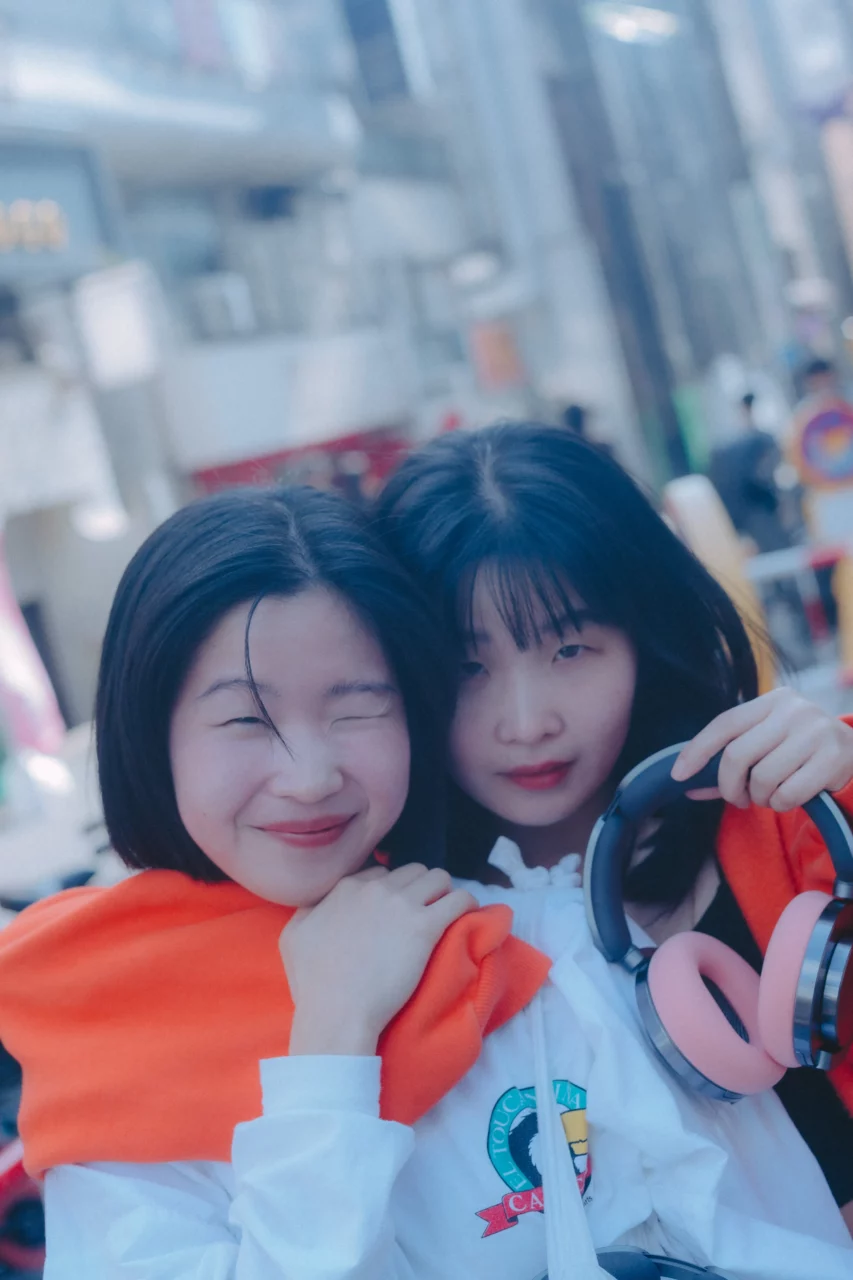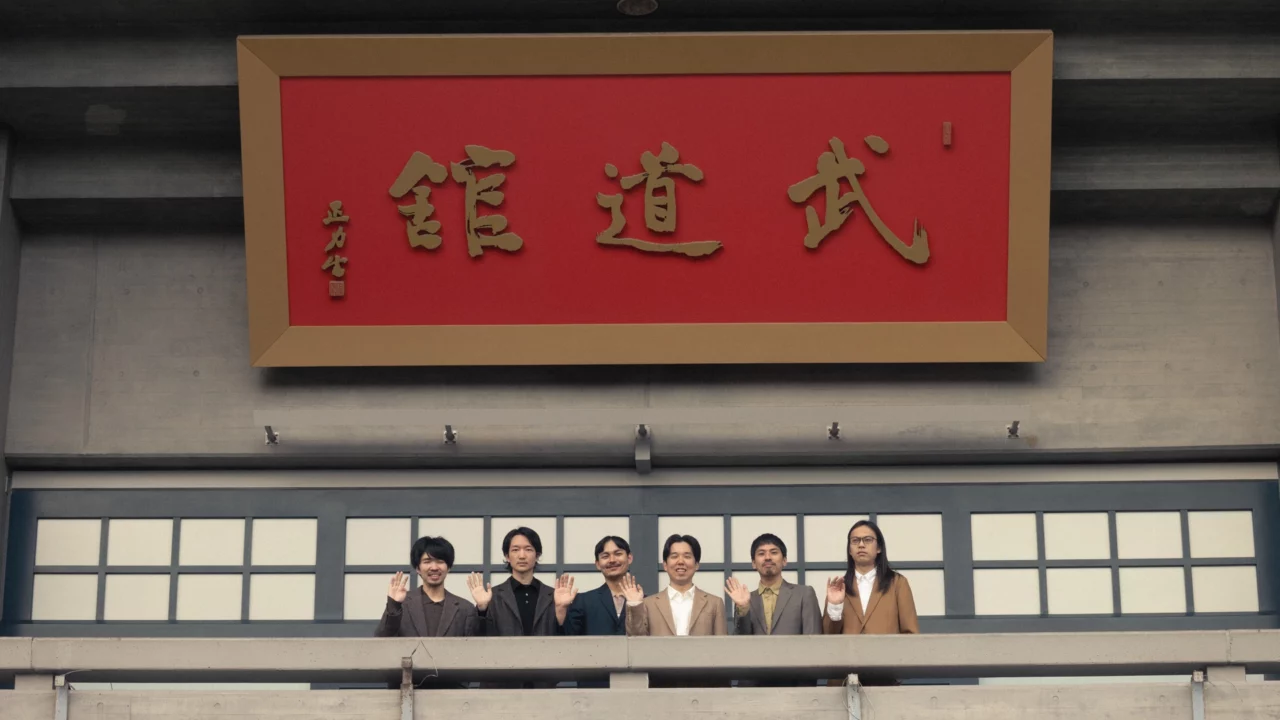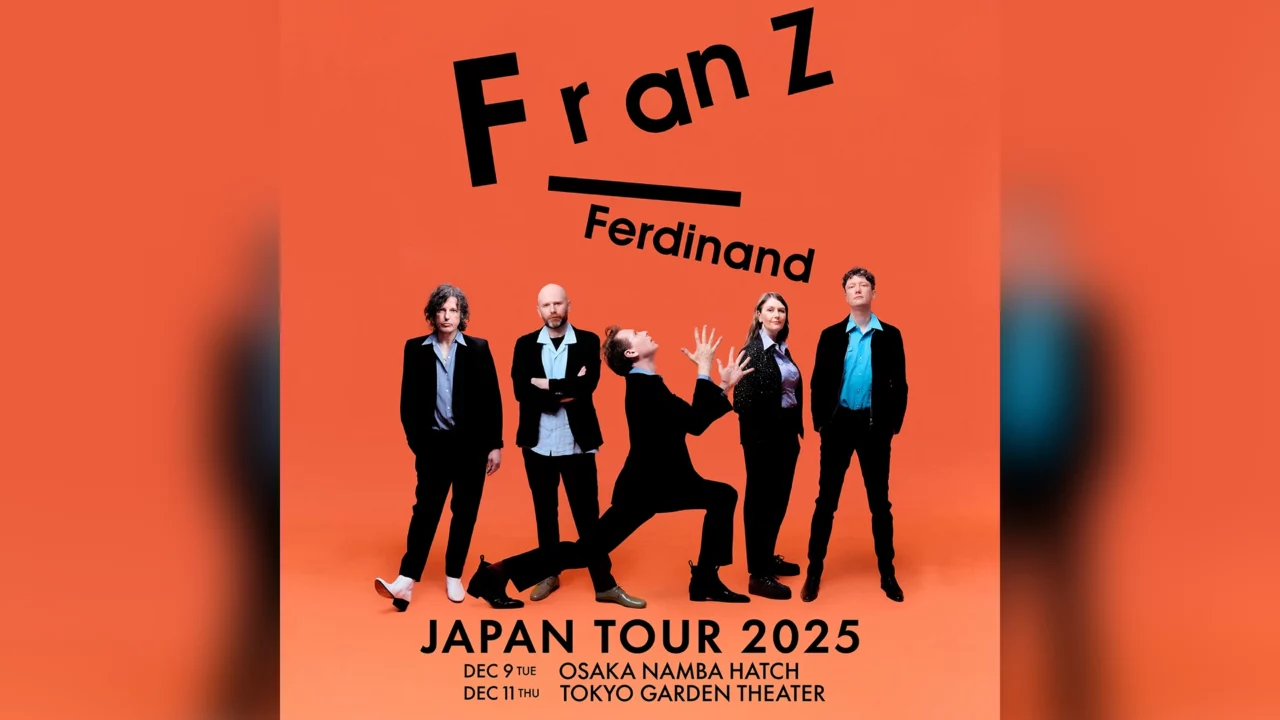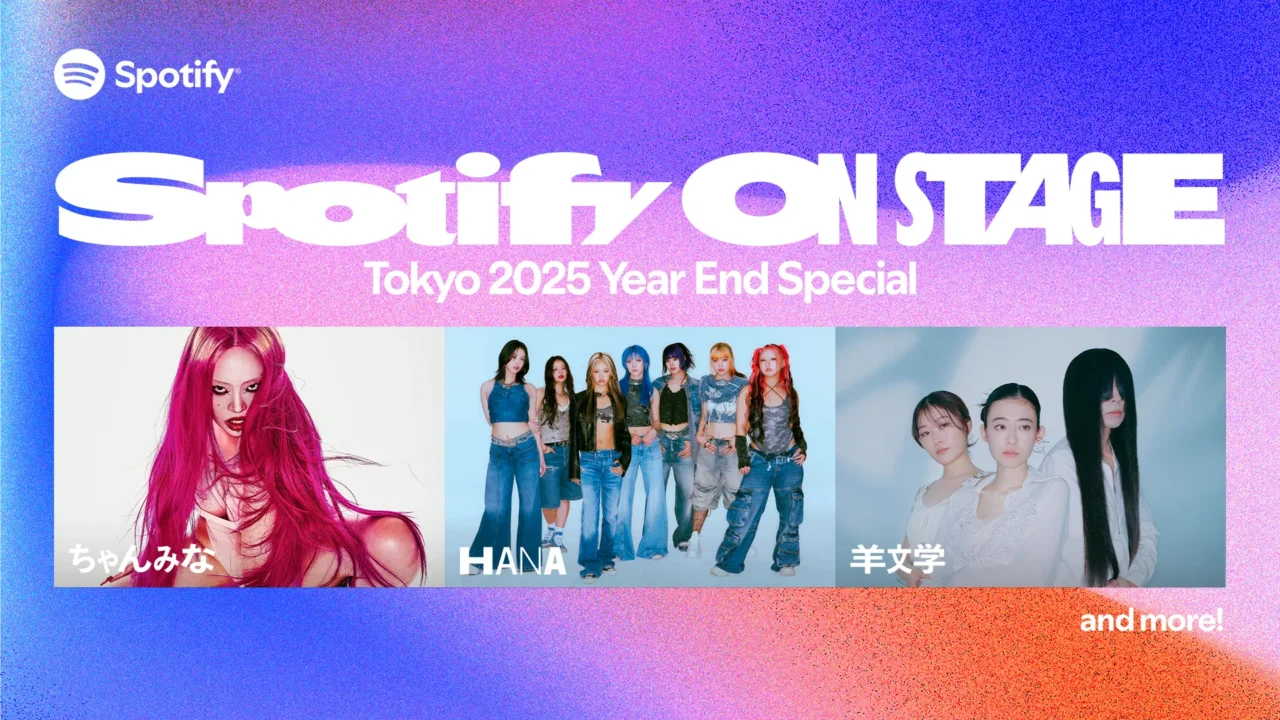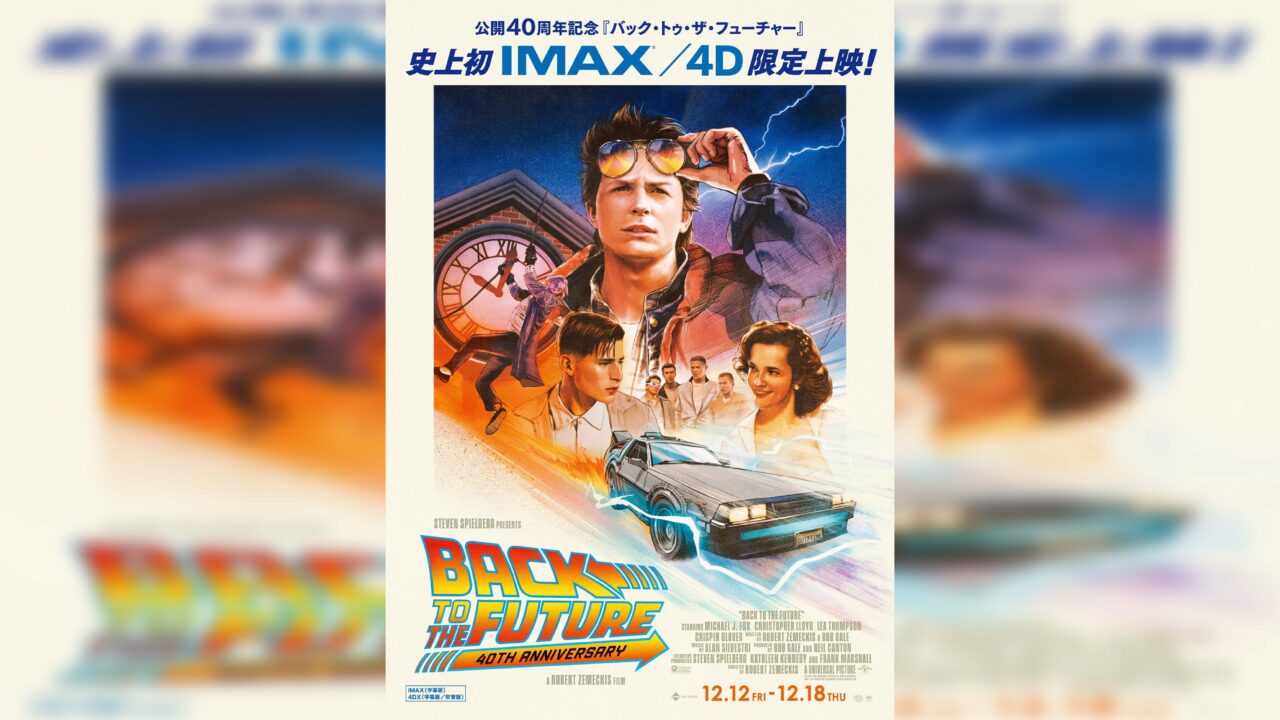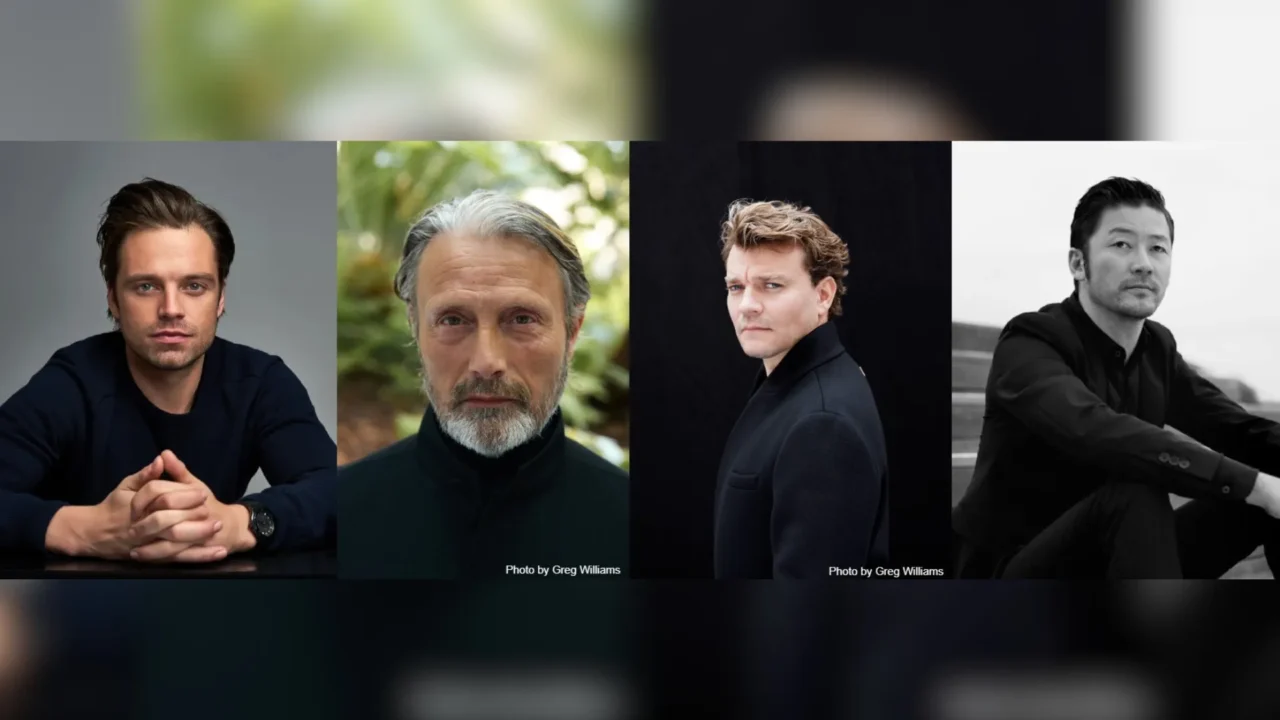Around seven months after the beloved band CHAI, celebrated globally and hailed by Western media, disbanded, twin frontwoman MANA and guitarist KANA have reemerged as the healing artist duo “MANAKANA.” Today, they’re taking their music to unexpected places—performing live in beauty salons, parks, and non-music events. MANA has also introduced her character “Omochiizu” and will hold her first exhibition in January 2025 in her hometown of Nagoya. Meanwhile, KANA, now a certified yoga instructor, is organizing the “Kenko Beam Fest,” all while continuing to share messages about the human spirit, our ways of living, and the world we inhabit.
As the duo of CHAI transitions into their new chapter, they’re reflecting on what drives them today. Dyson, a company dedicated to solving societal challenges through innovation, has created the “Dyson OnTrac Headphones” to help individuals tune out the noise of the world and focus on their true passions. Wearing these headphones, MANA and KANA open up about their current state of mind and the paths they’re pursuing.
INDEX
The Beginning of Their Journey as Healing Artists MANAKANA
About seven months after the disbandment of CHAI, what have you been thinking about during this time?
KANA: So many things I wanted to do came up, and the first challenge was organizing all of them. After CHAI, which had been the foundation, suddenly came to an end, so many new things came rushing in, and I was busy trying to gather them all. Now, I feel like it’s finally come together and I’m starting to settle down.
MANA: This period has been a time for me to properly reassess what I truly want to do. And now, I feel like it’s finally taking shape.

A new unit formed by MANA (Vocals/Keyboards) and KANA (Vocals/Guitar) from the now-disbanded New Excite Onna Band “CHAI,” which broke up in March 2024. They had their first performance in May. MANA has launched a character project called “Omochiizu,” while KANA is also active as a yoga instructor.
When you say things are starting to take shape, are you referring to your activities as MANAKANA?
KANA: Yes. As we’ve decided to pursue this path as healing artists, we’ve finally created some music. Together with MANA, we’re planning to build this into our next foundation.
How many songs have you completed so far?
KANA: We’ve made 12 songs, so we have an album ready.
Really?
KANA: To create 12 songs in such a short time—did it feel like they “poured out” of you?
-KANA:Did you feel like you were “overflowing” when you wrote 12 songs in such a short period of time?
KANA: Well, even though it’s 12 songs, some are only around two minutes long, so it doesn’t quite feel like 12 songs. But yeah, maybe they did just pour out. I came up with the theme of “the zodiac” and “animals,” and from there, my thoughts just came rushing out, and that became the music.

Why did the theme of “the zodiac” come up?
MANA: When we went on tour with CHAI to the U.S., I got a fortune cookie at a Chinese restaurant, and inside it, there was a horoscope. I thought, “So they have zodiac signs like Aries over here too,” and I also learned that people ask, “What’s your sign?” and talk about compatibility. But I hadn’t really heard much about the Chinese zodiac. Then, when I thought I wanted something more “earthly” than “stars,” the zodiac seemed like the perfect fit.
KANA: The flute I play has a sound similar to the shakuhachi, so I thought the cultural element of Japan really fits with the theme of the zodiac. I also really love animals. As I imagined the animals and their personalities, the melodies naturally came out on the flute, and then I added chords to them. That’s how the 12 songs came together.
In a previous interview, you mentioned that one of your goals is to perform in a way that feels like a bird landing on your shoulder.
KANA: Yes, I love animals.

INDEX
An Era in Need of Healing and Restoring the Body Through Sound
I recently had the chance to see your live performance, and I felt a strong sense of “healing.” It also felt like your music was gently slowing down the rapid pace of society. How does performing with MANAKANA now differ from when you were performing with CHAI?
MANA: When we were with CHAI, it was more about the feeling that “excitement is the right state,” but now, for me, the theme is “relaxation.” That’s something I really need right now. What hasn’t changed since the CHAI days is that I’m still creating music that speaks to what I personally need. I’m making music based on themes that I think are necessary for both myself and everyone else.
KANA: The frequency of music is something you can’t see, but it resonates with the body, organs, and the heart. The frequencies we created in CHAI were probably meant to excite or make people feel happy, but now, I want to create music that calms both the body and the heart, something that also resonates with the soul.
Do you feel that we’re living in an era where healing is necessary for everyone?
KANA: With the spread of COVID-19, I felt like we were in a time where invisible viruses couldn’t be treated with medicine. During that time, I practiced yoga and mugwort steaming. I wanted to take what I had absorbed and experienced and start putting it out there. As focusing on boosting immunity became more important, meditation and mindfulness became popular, but I felt that healing the body with “sound” hadn’t really entered Japan yet. So, I think what we’re doing might align with the times.
Sometimes, while offering a counterpoint to mainstream ideas, you two have always been a step ahead of the times, continuing to share the sounds and messages that people truly need. That stance has been with you since the formation of CHAI.
MANA: I’m so happy to hear that!
